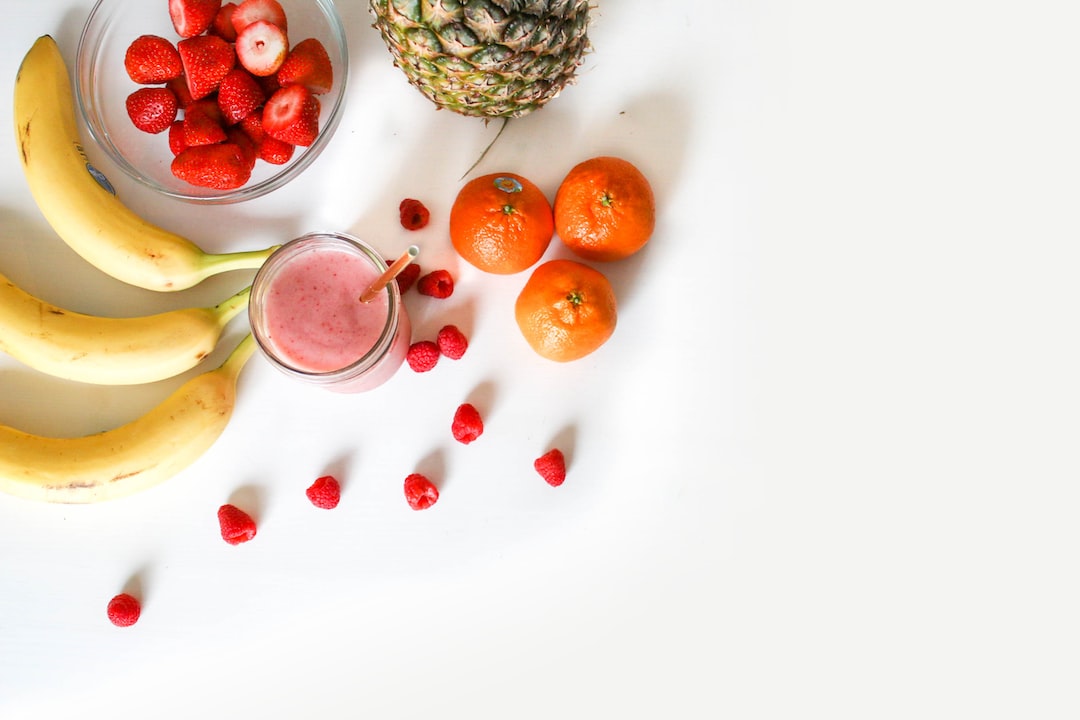
The Science Behind Food Preservation: Understanding Different Techniques
Share0The Science Behind Food Preservation: Understanding Different Techniques
Food preservation is an essential aspect of human civilization that has evolved over centuries. From ancient times to modern practices, humans have relied on various techniques to prolong the shelf life of perishable food items. The science behind food preservation is fascinating and involves understanding the factors that contribute to spoilage and methods to inhibit it. In this blog post, we will explore some different techniques used in food preservation and the science behind them.
1. Canning:
Canning is one of the most popular methods of food preservation. It involves heating food in airtight containers to kill bacteria and other microorganisms. The key scientific concept behind canning is the destruction of enzymes and microbes that cause food spoilage. When food is heated to a certain temperature, these enzymes and microbes are effectively neutralized, preventing the growth of bacteria and other microorganisms over time. The airtight seal ensures that no new microorganisms enter the container, maintaining the integrity of the preserved food.
2. Freezing:
Freezing is a commonly used technique to preserve food. The process involves reducing the temperature of food to below its freezing point, typically around -18°C (0°F). Freezing primarily inhibits the growth of microorganisms and slows down chemical reactions that cause food spoilage. At low temperatures, the water content in food forms ice crystals, which disrupts the cells of microorganisms and inhibits their growth. However, freezing can affect the texture and flavor of certain foods due to the formation of ice crystals. To mitigate this, rapid freezing is often employed to minimize the size of ice crystals and thereby reduce textural changes.
3. Drying:
Drying is another ancient food preservation technique that involves removing moisture from food. The presence of moisture is a crucial factor in the growth of microorganisms, so by reducing the moisture content, food can be preserved for extended periods. The science behind drying lies in inhibiting microbial activity, as most bacteria and fungi require water for growth. Dehydration or desiccation can be achieved by using various methods such as sun drying, air drying, or the use of dehydrators. Additionally, the reduction in water content can also slow down chemical reactions, further contributing to preservation.
4. Fermentation:
Fermentation is a preservation technique that relies on the metabolic activity of microorganisms, particularly yeasts and bacteria. It involves converting sugars into alcohol, acids, or gases, thereby creating an environment that inhibits the growth of harmful bacteria, while also enhancing the flavors and textures of food. The science behind fermentation lies in the production of lactic acid, acetic acid, or ethanol by microorganisms, which creates an acidic or alcoholic environment not conducive to the growth of spoilage bacteria. This process also leads to the production of compounds that contribute to the unique flavors and textures associated with fermented foods.
5. Pickling:
Pickling is a technique that utilizes a combination of fermentation and acidic environments to preserve food. By submerging food in an acidic solution, typically vinegar or brine, the pH drops, creating an environment that inhibits the growth of bacteria and other microorganisms. The science behind pickling lies in the concept of low pH, which disrupts the internal cellular structures of microorganisms and prevents their growth. Additionally, the acidity also improves the taste and texture of the preserved food.
6. Pasteurization:
Pasteurization is a method commonly used in the preservation of dairy products, fruit juices, and other beverages. It involves heating the food or liquid to a specific temperature for a specific duration to kill pathogenic bacteria while preserving the flavor and nutritional value. The science behind pasteurization lies in the concept of thermal destruction, where the heat disrupts the cellular structures of microorganisms, rendering them nonviable or significantly reducing their population. Pasteurization allows for extended shelf life without the need for refrigeration.
In conclusion, food preservation techniques have evolved over time to meet the demands of preserving perishable food items. Understanding the science behind these techniques enables us to appreciate the intricate details involved in prolonging the shelf life of food. The methods mentioned above – canning, freezing, drying, fermentation, pickling, and pasteurization – all function on scientific principles that aim to inhibit microbial growth, prevent spoilage, and maintain the quality of food. By harnessing the power of science, we can enjoy the benefits of preserved food and reduce food waste in our society.
